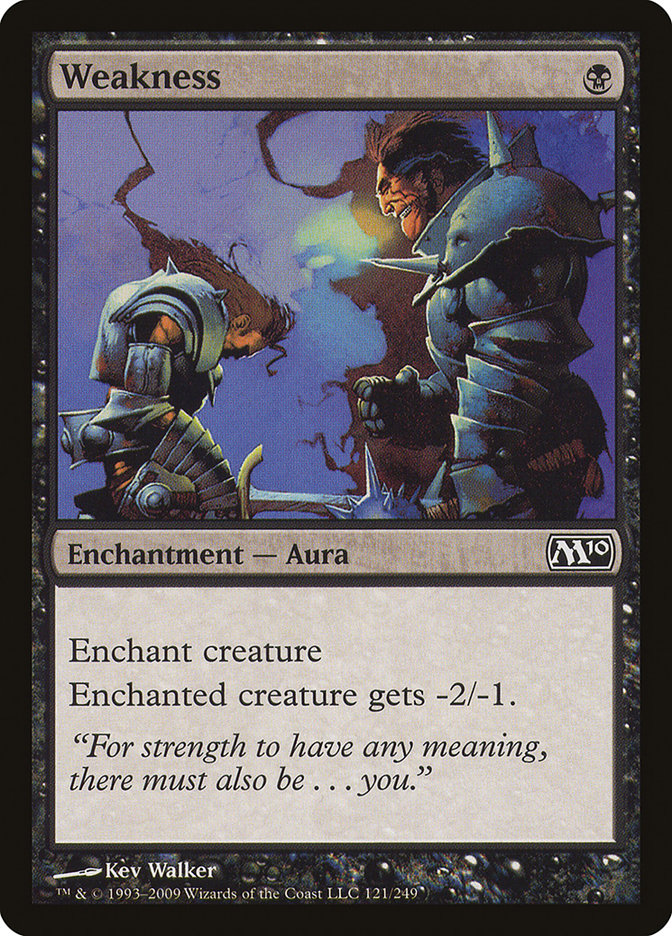
In Magic: the Gathering (MTG), a sideboard is a set of cards that a player can use to modify their deck between games in a match. A sideboard is separate from the main deck and can only be used during a match, not in the initial deck construction.
The sideboard plan for Magic: the Gathering is typically decided based on the specific metagame and the expected matchups in a tournament, whether it is a Standard, Pioneer, or Modern format.
First of, identify the most popular decks in the current metagame: This can be done by analyzing tournament results, online statistics, or talking to other players in the community.
Next, Determine the weaknesses of your main deck: Analyze your main deck and identify any weaknesses or vulnerabilities that can be exploited by your opponents. Slight adjustments can be made to your main deck build by adding cards that would still align with your main strategy.

The third step is to choose sideboard cards that can address those weaknesses: Based on the popular decks in the metagame and the weaknesses of your main deck, select sideboard cards that can help to improve your matchups.
Test and refine your sideboard plan: Playtest your deck and sideboard plan against a variety of opponents and decks to see how well it performs. Make adjustments and tweaks as needed based on the results of your playtesting. Also make sure that you know the game plan of these top decks so would be able to determine their lines of play.
Finalize your sideboard plan: Once you are satisfied with your sideboard plan, finalize it and make sure to bring the appropriate cards to your tournament.
It’s also important to note that sideboard plans can change depending on the specific tournament you’re attending, as different tournaments may have different metagames and expected matchups. Do make it a habit to check on the weekly tournament results on websites such as MTG Melee and MTG Top 8.
